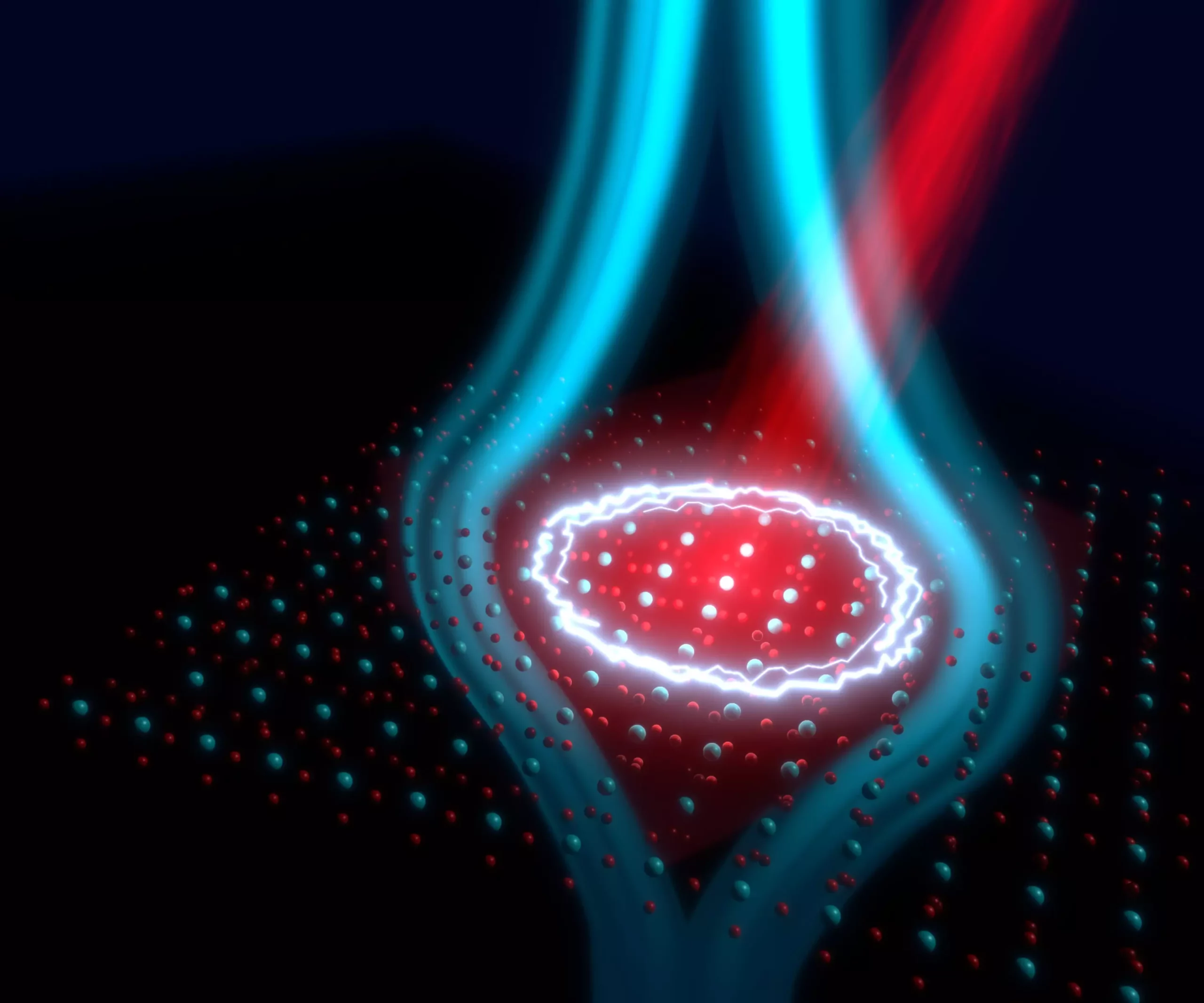Superconductivity stands as one of the most captivating realms of modern physics, showcasing materials that can conduct electricity without resistance. The implications of this phenomenon stretch far beyond theoretical intrigue, hinting at transformative applications in technology and energy efficiency. However, these astonishing properties usually manifest at frigid temperatures, rendering them impractical for daily applications. Recent explorations have turned the spotlight towards non-equilibrium states, suggesting that it may be possible to unlock superconducting capabilities even at more accessible ambient temperatures through innovative methods, such as light exposure.
The Non-Equilibrium Breakthrough
Emerging research has demonstrated that exposing superconducting materials to laser pulses can induce a state akin to traditional superconductivity but without the stringent temperature limitations. This form of “light-induced superconductivity” opens up exciting possibilities for the development of next-generation technologies, including ultrafast electronic devices that could drastically enhance computational speeds and reduce energy consumption. Unlike their equilibrium counterparts, these non-equilibrium states bring forth a novel framework to investigate the underlying mechanisms driving superconductivity, thus ushering in a new era of materials science.
The Quest for Characterization
An essential challenge within this research frontier involves accurately characterizing the properties of light-induced superconductivity. Specifically, scientific efforts have concentrated on determining how closely these transient states resemble conventional superconductors. Among the most remarkable traits of superconductors is the Meissner effect, where magnetic fields are expelled from the material’s interior. Capturing this phenomenon in light-induced settings presents a daunting task due to the fleeting nature of the effect—lasting mere picoseconds—leading to difficulties in measuring magnetic field changes with precision.
A Major Scientific Leap
A dedicated team from the Max Planck Institute for the Structure and Dynamics of Matter, led by Andrea Cavalleri, has made significant progress in overcoming the measurement limitations of magnetic properties in these fleeting states. Their pioneering work involves the use of laser-irradiated YBa2Cu3O6+x, a compound that typically exhibits superconductivity only when cooled to extreme cold. Remarkably, their findings revealed that the photo-excited version of this material not only shows an almost complete lack of electrical resistance but also exhibits the expulsion of magnetic fields, akin to its equilibrium state.
Sebastian Fava, the lead author behind the published study in *Nature*, has stated, “We have discovered that photo-excited YBa2Cu3O6.48 expels a static magnetic field from its interior.” This revelation could pave the way for extending the practical applications of superconductivity into everyday circuits and electronic systems that operate at room temperatures.
Innovative Measurement Techniques
The breakthrough in monitoring magnetic properties centers around innovative experimental techniques developed by the research team. By employing a secondary crystal situated close to the superconducting sample, researchers can observe changes in magnetic field strength with unprecedented sensitivity. The method utilizes a femtosecond laser pulse to record how the crystal’s polarization state alters in response to fluctuations in the magnetic field, thus allowing for the reconstruction of magnetic field dynamics with astonishing sub-picosecond resolution.
Gregory Jotzu, now a faculty member at EPFL, emphasizes the implications of these techniques: “The photo-induced magnetic field expulsion we observed is comparable in size to the one measured when the material is made superconducting at equilibrium by cooling.” This indicates that manipulating materials with light may be an effective strategy for enhancing their superconducting properties under more reasonable conditions.
Future Implications and Theoretical Horizons
Despite these significant discoveries, questions linger regarding the microscopic origins of light-induced superconductivity. While traditional superconductors display a clear transition into their superconductive state upon reaching a certain temperature, the dynamics of photo-excitation reveal a continuously fluctuating superconducting order existing above this critical temperature. By synchronizing this fluctuating state through tailored light pulses, researchers believe they may be able to restore superconductivity even at higher temperatures, possibly extending applicability to room temperature.
As physicists continue to unravel the complexities surrounding this phenomenon, the potential for light-induced superconductivity appears more promising than ever. The integration of laser technology into the fabric of superconductivity sets the stage for groundbreaking advancements that could transcend conventional limitations, revolutionizing our understanding and utilization of superconductive materials. The future of energy transmission and storage could be defined by these ephemeral states brought forth by sophisticated light interactions, steering us towards a more efficient and technologically advanced era.

